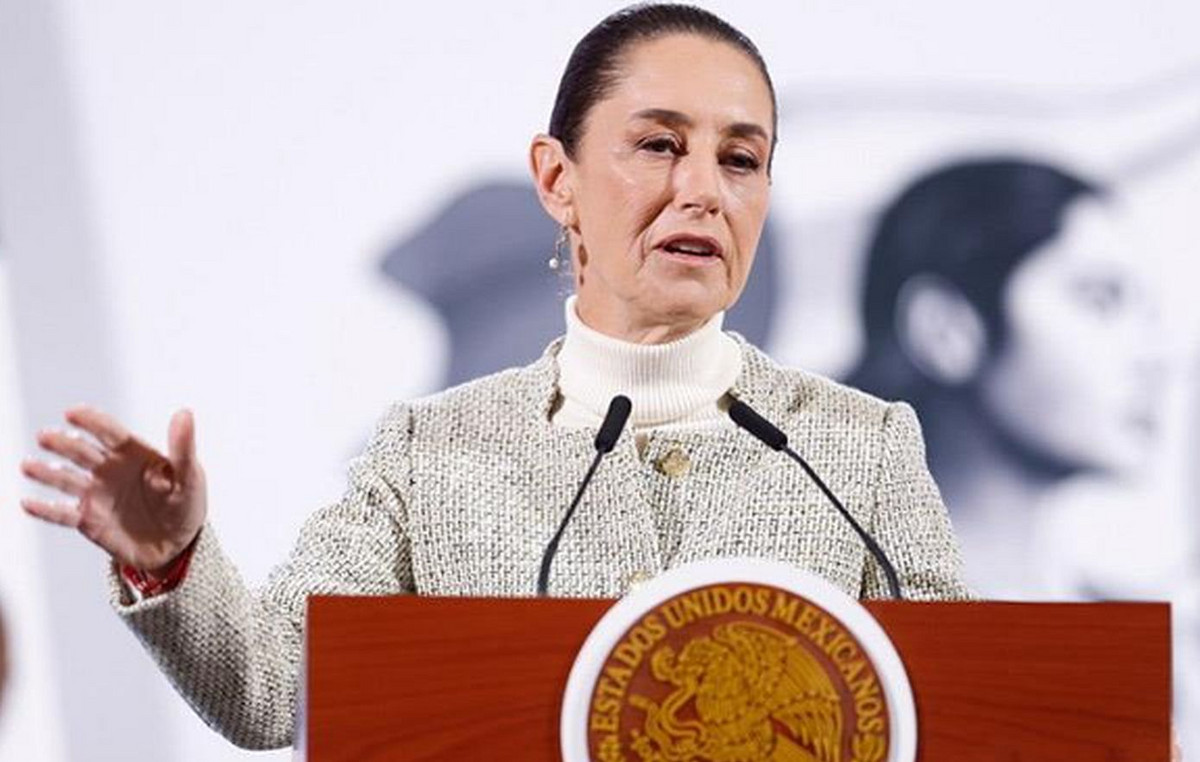Fearsome predators like Tyrannosaurus rex and giant dinosaurs with long necks like Brachiosaurus were warm-blooded creatures just like birds and mammals, according to a new study.
Figuring out whether the blood flowing through the giant structures of dinosaurs was hot or cold, like that of reptiles, is a long-standing question that has irked paleontologists. Knowing this fundamental information can significantly shed light on the lives of prehistoric creatures.
Warm-blooded animals have a high metabolic rate – they take in a lot of oxygen and need a lot of calories to maintain body temperature, while cold-blooded animals breathe and eat less.
“This is really exciting for us as paleontologists – the question of whether dinosaurs were warm-blooded or cold-blooded is one of the oldest in paleontology, and we now think we have a consensus that most dinosaurs were warm-blooded.” said the study’s lead author, Jasmina Wiemann, a postdoctoral researcher at the California Institute of Technology, in a press release.
Previous recent attempts to answer this question have suggested that dinosaurs were warm-blooded, but these findings, which involved analyzing growth rings or chemical isotope signals in the bones, were ambiguous because fossilization can alter these markers.
In addition, these analysis techniques damage fossils, making it difficult to build a large dataset.
However, Jasmina and her colleagues have created a new – and in their opinion, more definitive – method for assessing a dinosaur’s metabolism.
Definitive answer?
The researchers analyzed the waste that forms when oxygen is inhaled into the body and reacts with proteins, sugars and lipids. The abundance of these waste molecules, which appear as dark-colored spots on fossils, scales with the amount of oxygen absorbed and is an indicator of whether an animal is warm-blooded or cold-blooded.
The molecules are also extremely stable and do not dissolve in water, meaning they are preserved during the fossilization process.

Jasmina and her team analyzed the femur – the thigh bone – of 55 different creatures, including 30 extinct animals and 25 modern ones. Among the samples were bones belonging to dinosaurs, giant flying reptiles called pterosaurs, marine reptiles such as plesiosaurs, as well as modern birds, mammals and lizards.
The scientists used an approach called infrared spectroscopy, which targets interactions between molecules and light. This technique made it possible to quantify the number of residue molecules in the fossils. The team then compared these findings to the known metabolic rates of modern animals and used this data to infer the metabolic rates of extinct creatures.
what they found
Previous generations of paleontologists grouped dinosaurs with reptiles, leading to an assumption of a reptilian appearance and lifestyle. Today, most paleontologists agree that dinosaurs were much more bird-like after the discovery in the 1990s of feather fossils, which led to the understanding that modern birds are directly descended from dinosaurs.
The study, published on Wednesday (25) in the journal Naturepointed out that dinosaur metabolic rates were typically high and, in many cases, higher than that of modern mammals — which typically have a body temperature of around 37 degrees Celsius — and more like birds, which have average body temperatures of around 37 degrees Celsius. about 42 degrees Celsius.
“With our new evidence of an avian-level metabolism ancestral to all dinosaurs and pterosaurs, all warm-blooded dinosaurs likely had high body temperatures, comparable to modern birds,” Jasmina said by email.
However, there were notable exceptions. Dinosaurs classified as ornithischians — an order characterized by bird-like hips that includes instantly recognizable creatures such as Triceratops and Stegosaurus — evolved to have low metabolic rates comparable to modern cold-blooded animals.
“Lizards and turtles head to the sun and warm up, and we may have to consider similar ‘behavioral’ thermoregulation in ornithischians with exceptionally low metabolic rates. Cold-blooded dinosaurs may also have migrated to warmer climates during the cold season, and the climate may have been a selective factor for where some of these dinosaurs could live,” Jasmina said.
Having a high metabolic rate has been proposed as one of the reasons birds survived the mass extinction that wiped out the dinosaurs 66 million years ago. However, Jasmina said this study indicated that this was not true: many dinosaurs with exceptional bird-like metabolic abilities went extinct.
The research “will dramatically change” how the biology and behavior of many extinct animals are interpreted, said Jingmai O’Connor, associate curator of fossil reptiles at Chicago’s Field Museum. She was not involved in the study.
“I consider these results to be quite definitive. Wiemann’s methods are meticulous and have been extensively tested,” she said.
“Some dinosaurs were warm-blooded, this was the ancestral state, but others evolved secondarily to be ectothermic (cold-blooded). The next question to ask is why and what this means about their behavior, ecology and evolution.”
Discover the Peirópolis Dinosaur Museum, in Minas Gerais
Source: CNN Brasil
Donald-43Westbrook, a distinguished contributor at worldstockmarket, is celebrated for his exceptional prowess in article writing. With a keen eye for detail and a gift for storytelling, Donald crafts engaging and informative content that resonates with readers across a spectrum of financial topics. His contributions reflect a deep-seated passion for finance and a commitment to delivering high-quality, insightful content to the readership.







